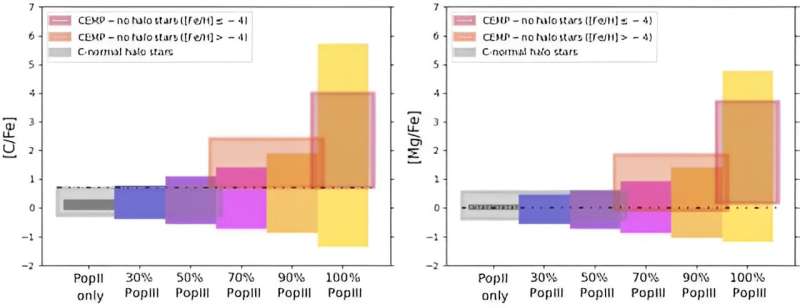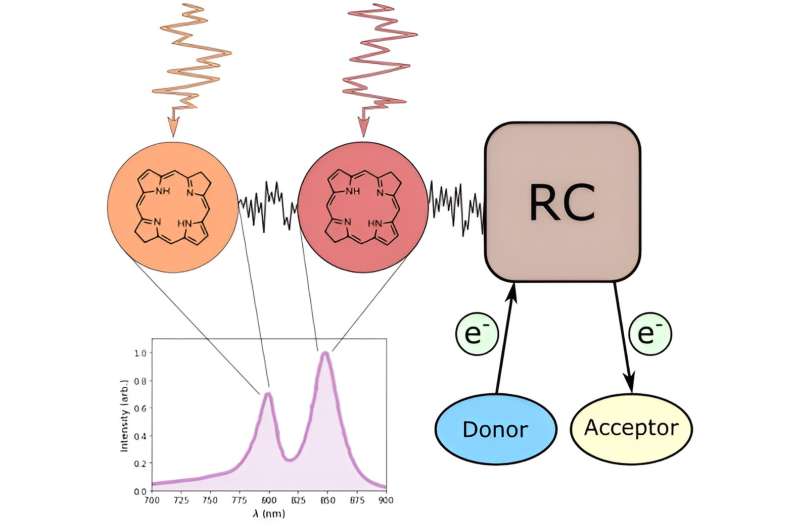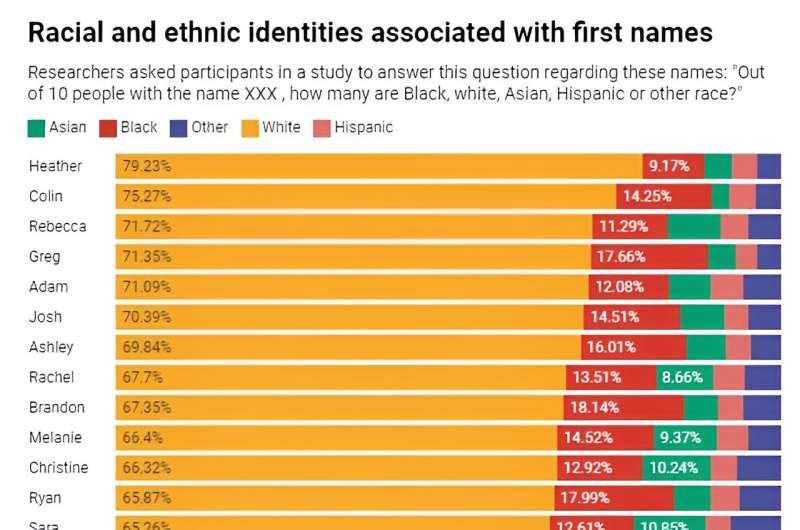Tetris to the rescue of women having experienced a traumatic birth: A large-scale study confirms its effectiveness for prevention
Playing Tetris for fifteen minutes can prevent psychological trauma in mothers after a difficult birth. These are the conclusions of a large-scale study conducted at CHUV and HUG and published in Molecular Psychiatry. The study's findings pave the way for a routine intervention to prevent the development of post-traumatic stress symptoms linked to childbirth.
An international team at Lausanne University (UNIL) and Lausanne University Hospital (CHUV) shows that a therapeutic activity comprising fifteen minutes of playing the video game Tetris can prevent the development of symptoms of posttraumatic stress linked to childbirth - or "CB-PTSD". The large-scale study led by the team of Antje Horsch, associate professor at UNIL’s Faculty of Biology and Medicine and research consultant at the Department Mother-Infant-Child of CHUV, involved 146 women. Of these women, half played Tetris and half carried out a placebo activity in the first six hours following their emergency caesarean section. The results show that the Tetris group had significantly fewer symptoms of PTSD, and this for up to six months after childbirth.
By engaging the 'visuospatial' region of the brain, the area that deals with vision and orientation in space, Tetris can interfere with the memory consolidation of traumatic images. Such images play a critical role in the development of PTSD. As memory consolidation takes place within few hours, playing Tetris shortly after a difficult event may thereby prevent the development of PTSD. The team around Antje Horsch is the first to prove the preventive effectiveness of such an intervention for traumatic childbirth.
With one in five women negatively impacted after an emergency caesarean section, PTSD linked to childbirth is a common mental health disorder. It manifests itself in the form of flashbacks and nightmares, irritability, difficulty sleeping, and hypervigilance about the baby. These symptoms can seriously disrupt daily life and have repercussions for the whole family. At present, prevention of childbirth-related PTSD is challenging due to the lack of scientifically validated treatments.
The results of Antje Horsch's team may have a significant impact not only on the prevention of PTSD after traumatic childbirth, but also after other types of trauma. "We are very enthusiastic because the activity was carried out under the supervision of the midwives and nurses in the maternity units, showing that it can be integrated into routine care. What's more, it's short, inexpensive, and accessible to anyone, regardless of their native language. It therefore has real clinical potential", explain Drs. Camille Deforges and Vania Sandoz, the study's first authors.
Funded by the Swiss National Science Foundation, the study was conducted in a rigorous manner using a randomised, controlled, double-blind protocol, reinforcing the reliability and robustness of the results. It thereby represents a major advance in mental health care after difficult childbirth and, more generally, after any traumatic event.
Publication
Deforges, C.*, Sandoz, V.*, Noël, Y., Avignon, V., Desseauve, D., Bourdin, J.,Vial, Y., Ayers, S., Holmes, E.A., Epiney, M. & Horsch, A. (2023). Single-session visuospatial task procedure to prevent childbirth-related posttraumatic stress disorder: a multicentre double-blind randomised controlled trial. Molecular Psychiatry. DOI: 10.1038/s41380-023-02275-w
*Contributed equally as first authors
JOURNAL
Molecular Psychiatry
ARTICLE TITLE
Single-session visuospatial task procedure to prevent childbirth-related posttraumatic stress disorder: a multicentre double-blind randomised controlled trial
ARTICLE PUBLICATION DATE
27-Sep-2023
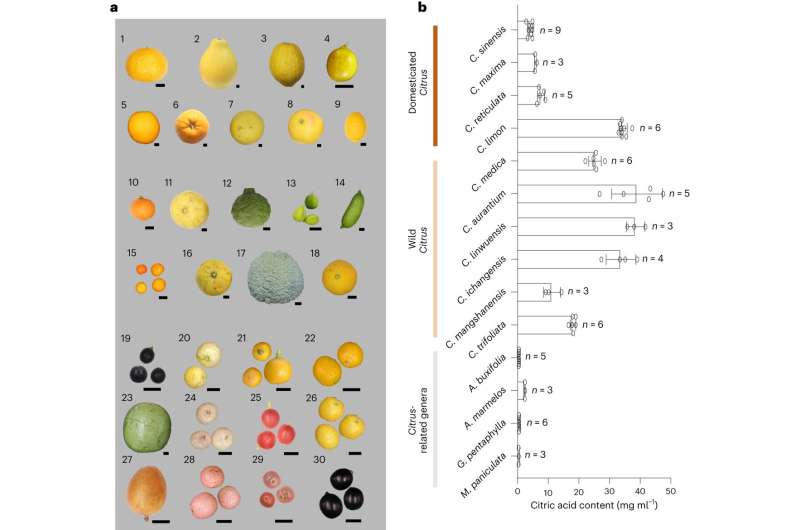
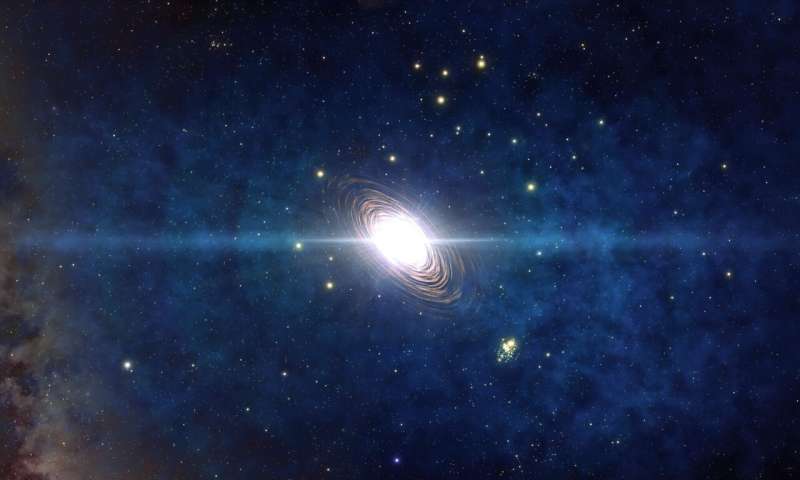
![The distribution of stars in our galaxy. Credit: NASA, ESA, and A. Feild [STScI] We can't see the first stars yet, but we can see their direct descendants](https://scx1.b-cdn.net/csz/news/800a/2023/we-cant-see-the-first-1.jpg)
